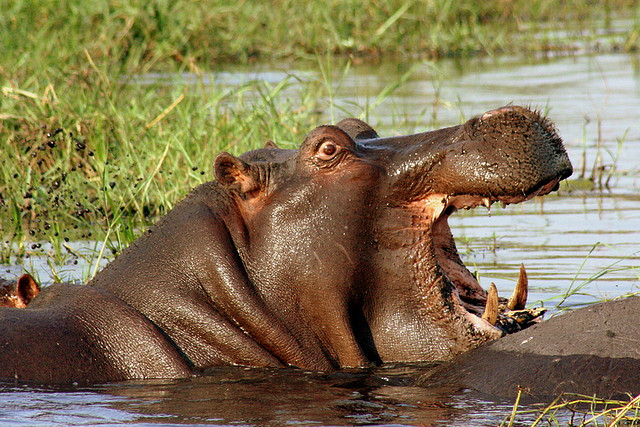Gombe Stream National Park
Gombe Stream National Park is located in western Kigoma Region, Tanzania, 10 miles (20 km) north of Kigoma, the capital of Kigoma Region. Established in 1968, Gombe is the smallest national park in Tanzania, with only 20 square miles (52 km2) of forest running along the hills of the eastern shore of Lake Tanganyika.
The terrain is distinguished by steep valleys, and the forest vegetation ranges from grassland to alpine bamboo to tropical rainforest. Accessible only by boat, the park is most famous as the location where Jane Goodall pioneered her behavioral research conducted on the chimpanzee populations. The Kasakela chimpanzee community, featured in several books and documentaries, lives in Gombe Stream National Park.
Gombe Stream’s high levels of diversity make it an increasingly popular tourist destination. Besides chimpanzees, primates inhabiting Gombe Stream include beachcomber olive baboons, red colobus, red-tailed monkeys, blue monkeys, and vervet monkeys. Red-tailed monkeys and blue monkeys have also been known to hybridize in the area.
The park is also home to over 200 bird species and bushpigs. There are also 11 species of snakes, and occasional hippopotami and leopards. Visitors to the park can trek into the forest to view the chimpanzees, as well as swim and snorkel in Lake Tanganyika with almost 100 kinds of colorful cichlid fish.
Conservation
The biodiversity of Gombe Stream National Park is primarily threatened by human encroachment. Although 25% of Tanzania is set aside in parks and reserves, wildlife populations are still declining. This is mainly due to the lack of collaboration between park management, government sectors, and rural communities. Village lands often lie between parks and become obstacles for animals traveling between protected areas. Without incentives to protect the animals, rural communities will hunt them for food or kill them for safety reasons. Poverty also increases the demand





















Post a Comment